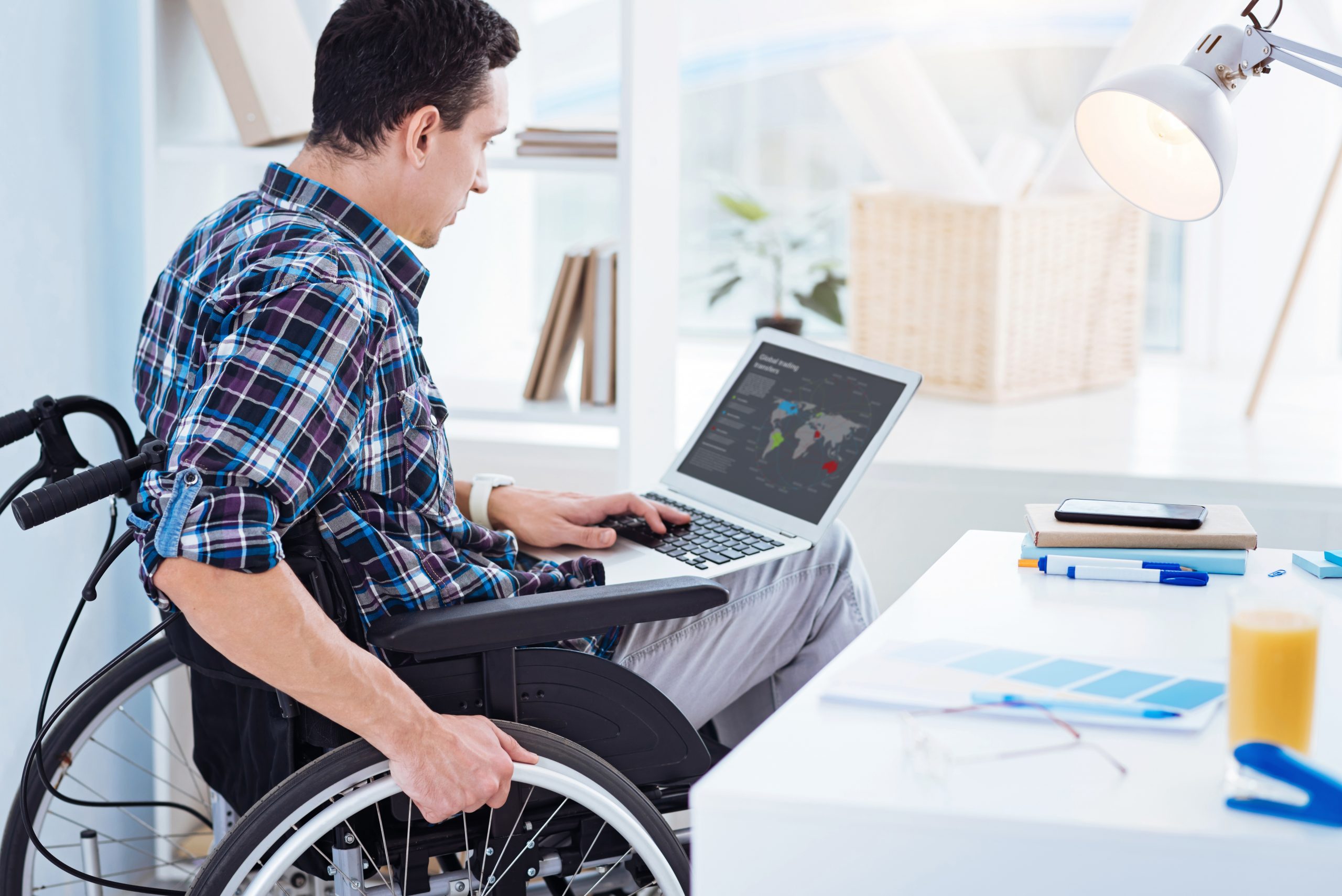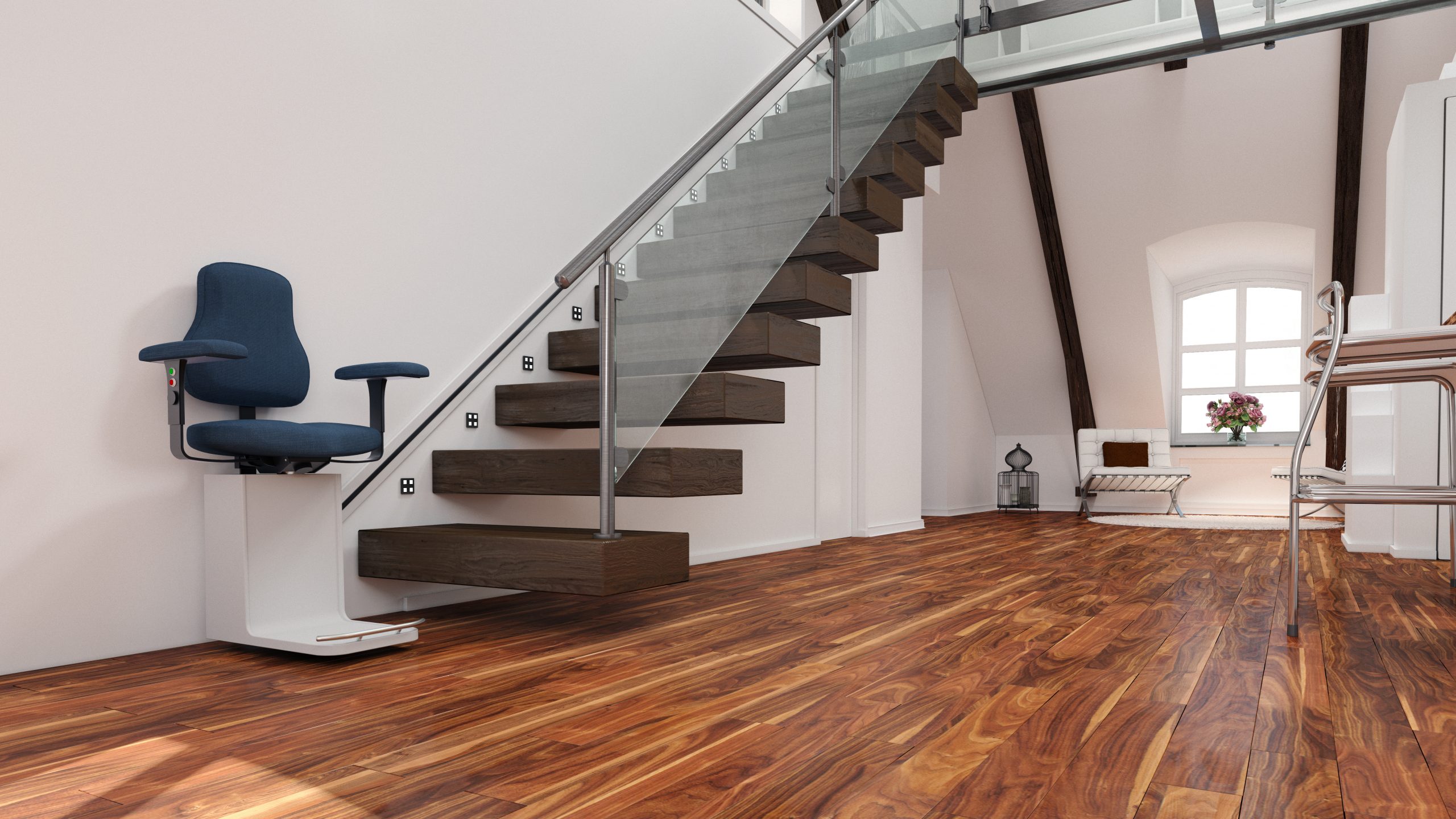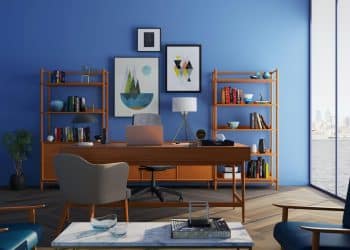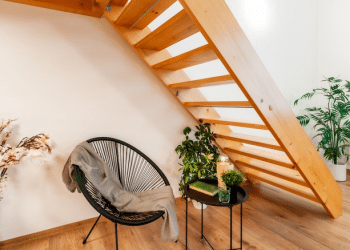
Living with people with disabilities will often make us rethink the way we design our homes to make them more accessible. Since they’re going through a lot already, you really should try to make sure they’re as comfortable as possible in the confines of your home. By doing so, you’re creating a more welcoming environment for them.
Fortunately, there are many things that you can do to achieve this goal. Whether you just moved in or want to redesign your current place, creating the right design and incorporating various technologies should be your top priorities. But this process doesn’t need to be stressful as you call on professionals like www.southwalesmobility.com and others like them to help you create the most accessible home for people with disabilities.
Tips To Adapt Your Home For People With Disabilities
These are some of the ways you can design the most accessible home for your loved ones with disabilities:
- Make A Plan
Do proper research before redesigning or preparing to modify your home to fit the needs of people with disabilities. You should consider their condition before starting, as getting it right on the first try is very important if you want to save money and time. So, you need to be 100% sure before starting.
- Make An Investment On Doors And Door Handles
Having remote-controlled doors should be one of your priorities if you want to make your home more accessible. You should also change your doorknobs to make them easier to open. Aside from that, smart doors can make moving around the house a lot easier for your loved one. But you need to make sure the door handle you’ll install will still function properly in case of a power outage.
If your loved one uses a wheelchair for mobility, your doorways should be at least 36 inches wide. Also, you need to include a small peephole on your bathroom doors as it allows you to hear them while using the toilet.
- Make Sure To Have Good Lighting
Having sufficient lighting is important to maintain safety and comfort. Thus, you need ample lighting in hallways, stairwells, and other areas in your home. The light switches should be within reach of a person with a disability. If you live with a person with low vision, they might need a certain level of light to help them see properly.
Having enough light can also prevent some accidents from happening, such as falling, tripping, and slipping, which are huge risks for the elderly. It also allows you or their caregiver to respond quickly if these incidents occur.
- Pick The Right Material For The Flooring
Having hardwood floors allows people with disabilities to navigate your home more easily, and it can also increase your property’s market value. You need to choose a smooth flooring material, relatively non-porous, and firm if your loved one needs to use a wheelchair. By doing so, they can glide more smoothly and prevent falling, slipping, or tripping.
But if you want to go for a cheaper option, vinyl or laminate flooring is among the best options. You can also go for stone or ceramic tiles in your bathroom or kitchen to make it more slip-resistant.
- Make Adjustments For Stairs And Lifts

Floor lifts, stairlifts, and stair climbers are some of the options you can choose from to make your stairs safer and provide mobility to people with disabilities. But you need to watch out for the features and specifications offered by these lifts and stairs that should be compatible with your loved one’s disability and physical needs.
It would also be best if you seek the help of experts to inspect your home before deciding on which upgrade to get. You should also prioritize the quality of the stairs and lifts since you want to avoid causing pain, stiffness, and other discomforts.
- Use The Appropriate Technology
Using smart home technology will allow your family member with a disability to feel more comfortable around your house. It also makes them more independent from their caregivers, and it will enable them to move about more easily. You can take advantage of technologies like Bluetooth, Wi-Fi, motion sensors, smartphones, and voice recognition to make your home more accessible.
Conclusion
Having an accessible home will allow people with disabilities to feel more independent, which can lead to building their confidence. It’s also one of the best ways you can show your love for them as you’ll make them feel that they can still live regularly without depending on other people.
But before proceeding with the whole process, you need to consider the nature of your loved one’s disability. By spending more time in the planning stages, you can find better ways to make their lives easier and more comfortable.







